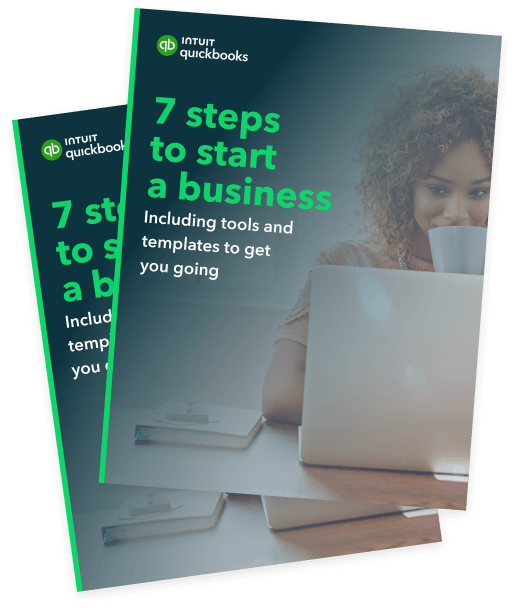How tax brackets work in practice
What does this mean for someone who gets a pay rise?
Let’s say you’re earning $80,000 a year. At that rate, the first $18,200 of your income isn’t taxed. Then, your income between $18,201 and $37,000 is taxed at 19%; and the income between $37,001 and $80,000 is taxed at $3,572 plus 32.5 cents per dollar.
That means out of your $80,000, you get to keep $60,853 per year – an effective tax rate of 23.9%.
But what happens if your income increases to $90,000 per year? That would put you into the next bracket of more than $87,000, where income is taxed at 37%.
Based on the Australian Tax Office’s (ATO’s) tax brackets, your annual take-home pay would then be $67,268 – with an effective tax rate of 25%. So you take home more even when you move into the next bracket.

















